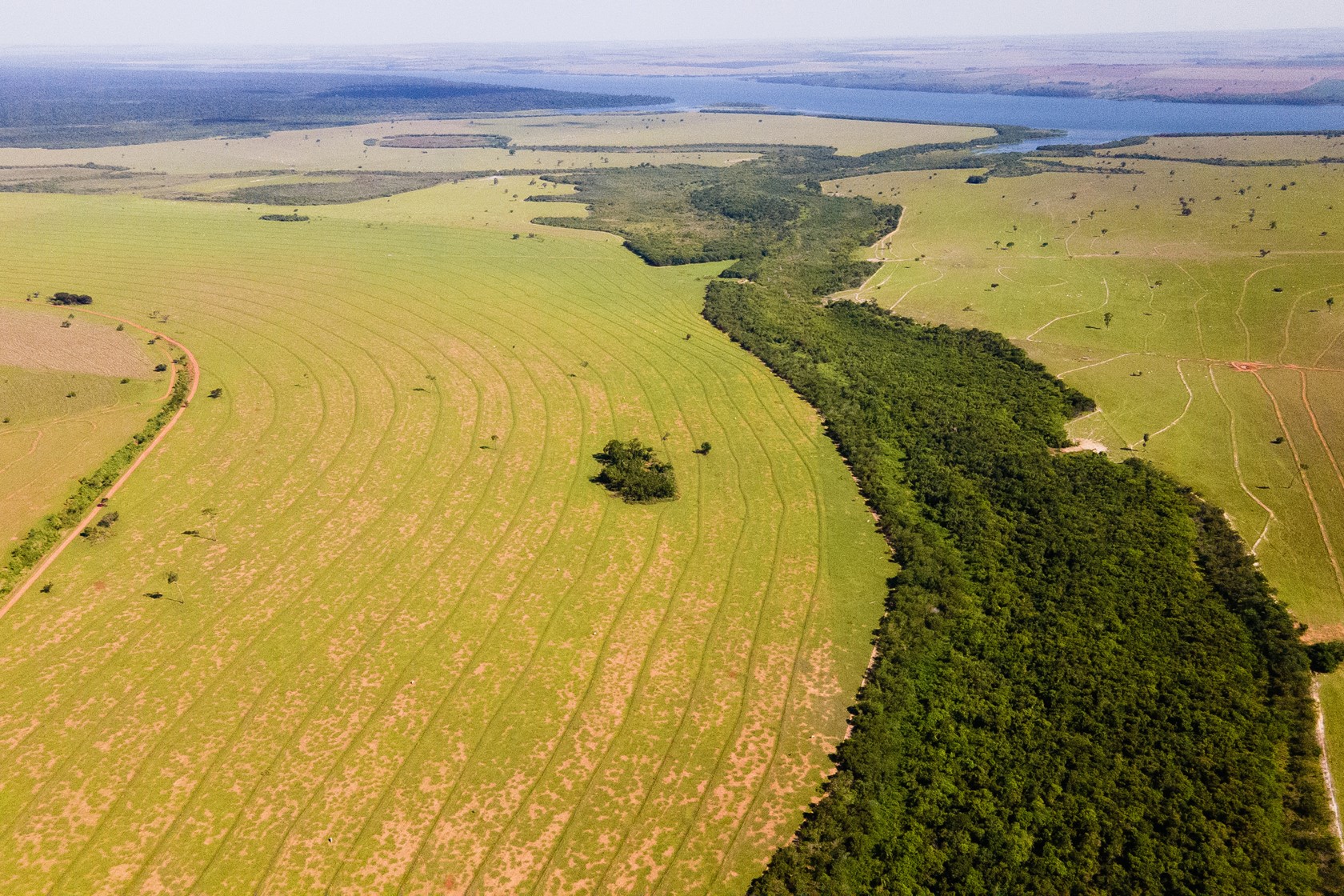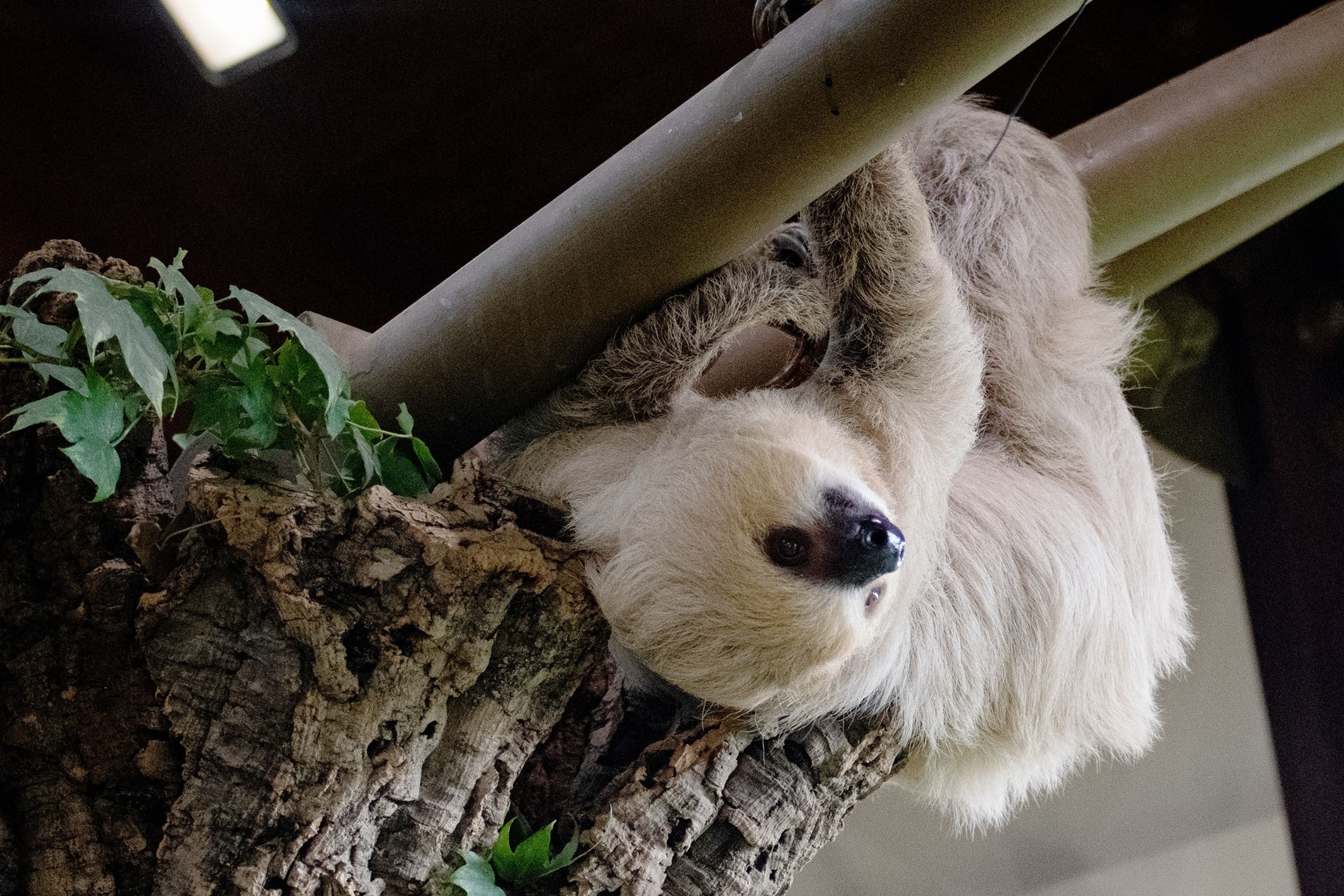In the latest edition of the Durrell Diaries, Curator of Mammals at Jersey Zoo, Ben Matthews explains how keepers are always adapting the enclosures for the wellbeing of the animals.
Jersey Zoo is home to a pair of Linne’s two-toed sloths, Rio and Terry. The species’ scientific name, Choloepus didactylus, when dissected, leaves them described as ‘injured footed with two toes’ – with Choloepus drawn from the Greek for slow moving and didactylus referring to the two toes on the front limbs.
While sloths are synonymous with all things sedentary, our zookeepers have been anything but inactive.

Recently, the team have refreshed and rebranched the entirety of the sloth habitat, using new branches to create a fresh system of climbing options for the animals. This aims to provide stimulation, promote claw wear, and encourage natural suspensory behaviour.
Alongside their carefully curated diet, these largely florivorous mammals do enjoy fresh branches, which you will also see hanging from new feeding devices on some of the larger logs.
The spider’s web of ropes has been tweaked and adjusted to provide a new route for the sloths to navigate space and has afforded them some additional height, which they are taking advantage of.

An extra layer of bark chip has been spread to further increase humidity generated by the carefully positioned misting system, placed below extra custom-made nest boxes and more fresh climbing apparatus. As poikilotherms, the ambient body temperature of a sloth is governed by the environment around them – an evolutionary feature to conserve energy. Some people believe this helps as camouflage from certain snakes, which hunt by tracking infrared radiation.
We also took the decision to divide the upstairs space to provide the sloths with the option to access additional refuge options. This area will allow the zookeeping team increased space to undertake husbandry training with sloths. There are also plans afoot for a built-in weighing scale and a crate training area to build on existing husbandry training.

This was all part of a bigger project to extend the sloth enclosure, utilising space in the ‘spine’ of the building and adding seasonal outdoor access using a piece of land adjacent to the current indoor space. When the weather permits, the sloths will be given the choice to access this outdoor space, allowing them to navigate ropes and branches atop five-metre wooden poles.
Since the changes, it has not taken long for new latrines to be sited, and while captive sloths are very clean animals, in their wild range, it is not uncommon to see a sloth green with algae and overrun with ‘sloth moths’. No doubt this is how Gerald Durrell himself first encountered sloths, in his book Three Singles to Adventure.

All sloths have an excellent sense of smell, and Linne’s sloths are no exception. They use scent marking to communicate everything from territorial range to reproductive status. The team has captured some excellent footage of this natural behaviour overnight on the CCTV cameras.
We hope our visitors will be as enthralled as ever by the sloths. These quiet, curious, and unhurried animals set an excellent example for those wishing to see them at their best. Next time you visit, be sure to channel your inner sloth and we’re certain you’ll enjoy the new additions to the exhibit.
This article was originally printed in the Jersey Evening Post on Friday 11 October.

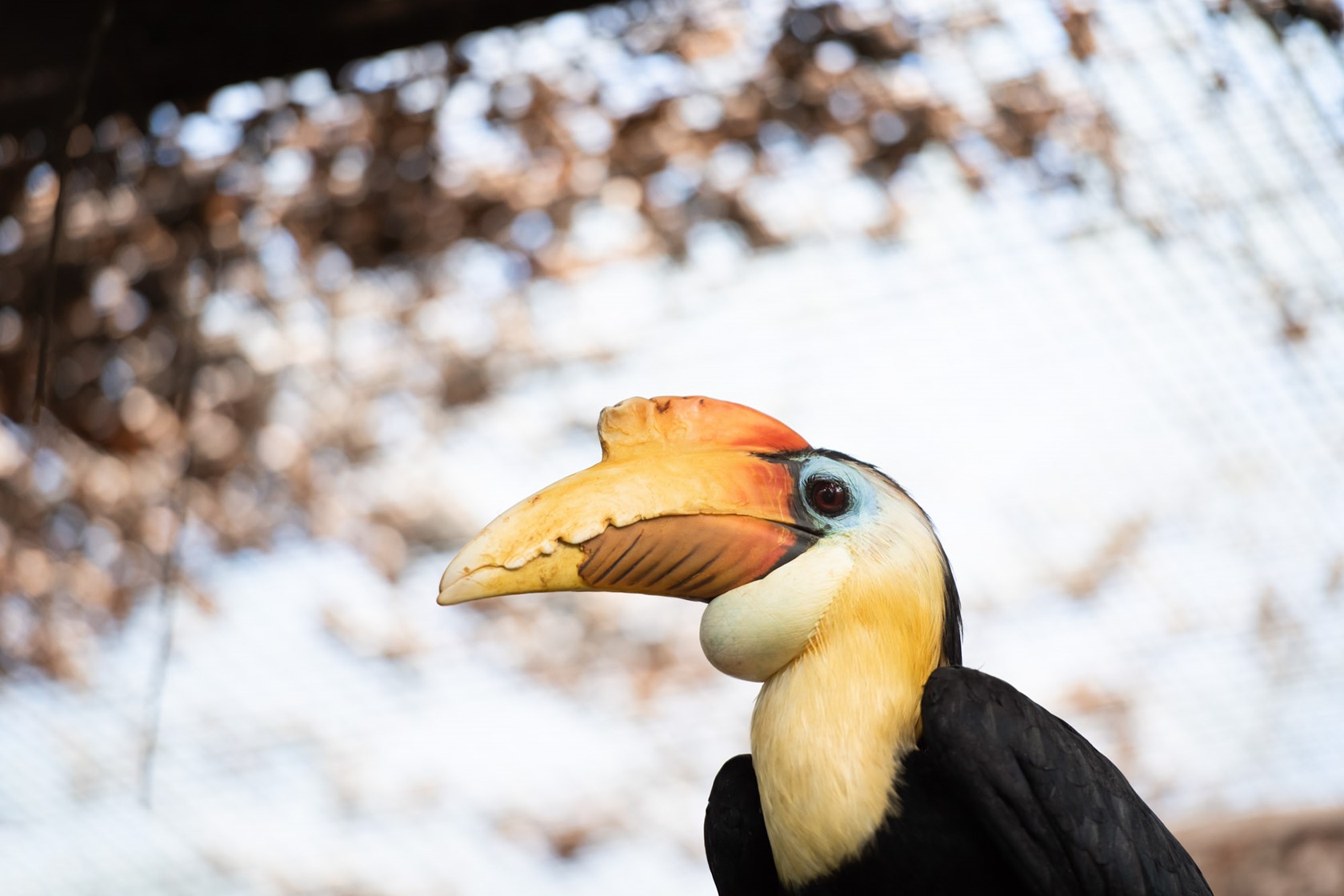
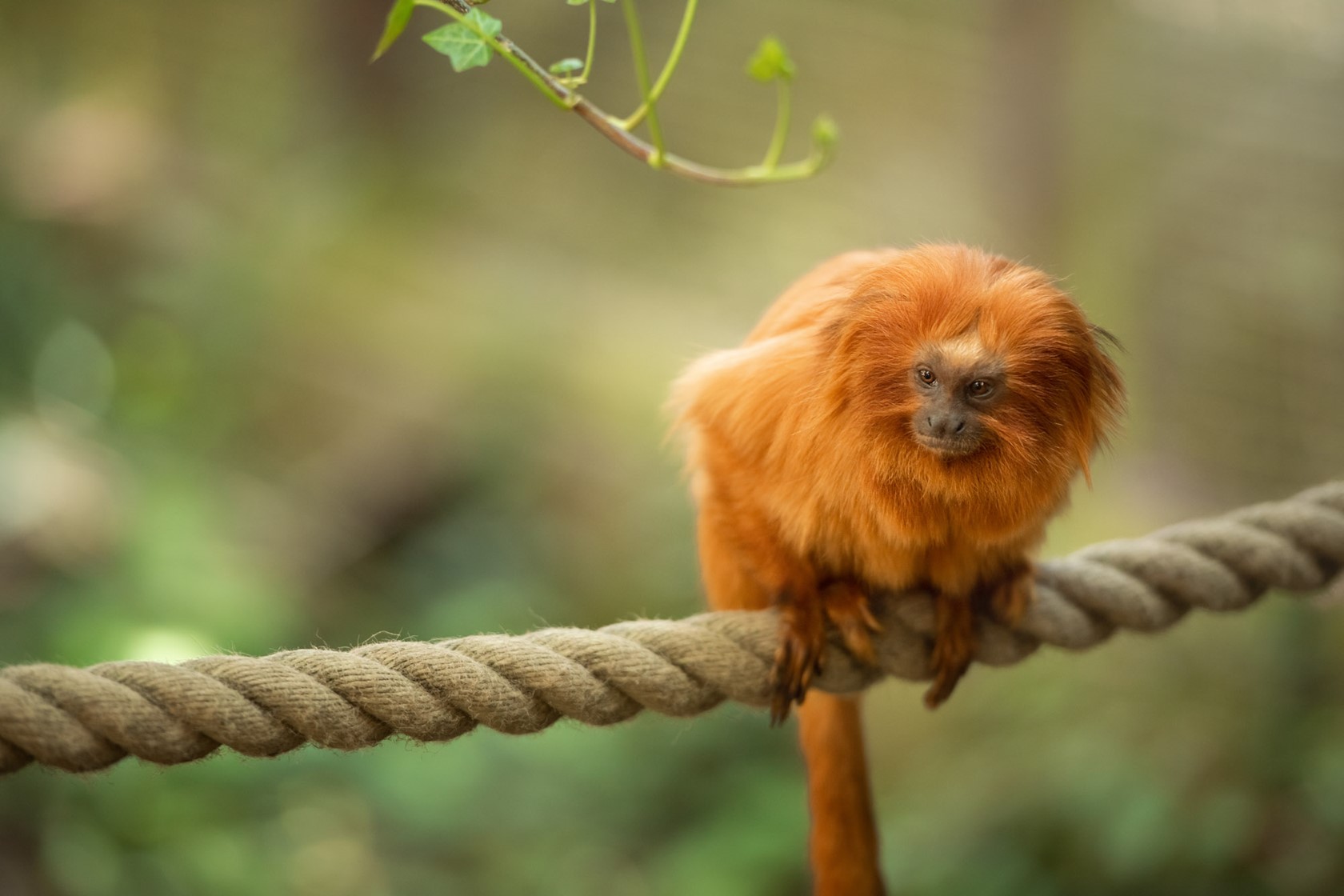
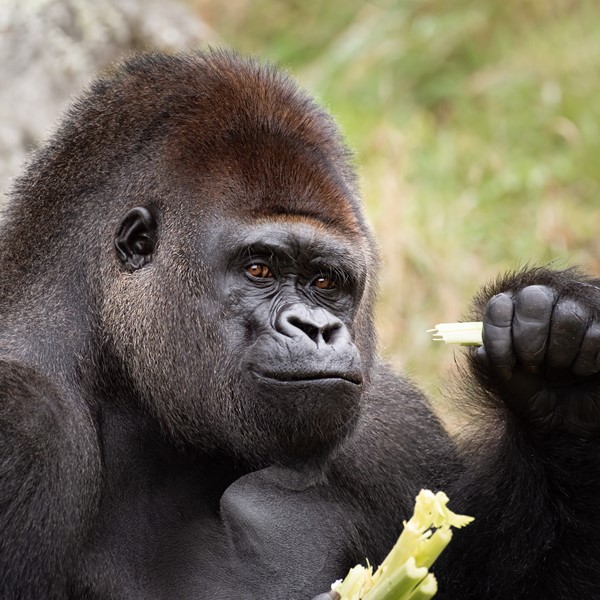 Mammals
Mammals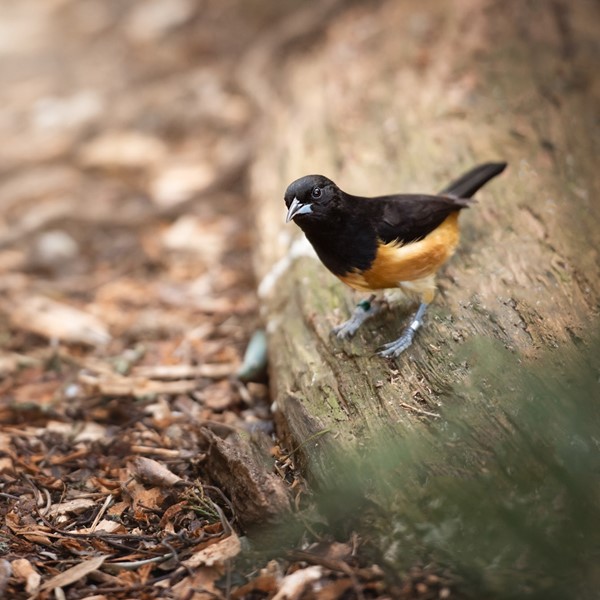 Birds
Birds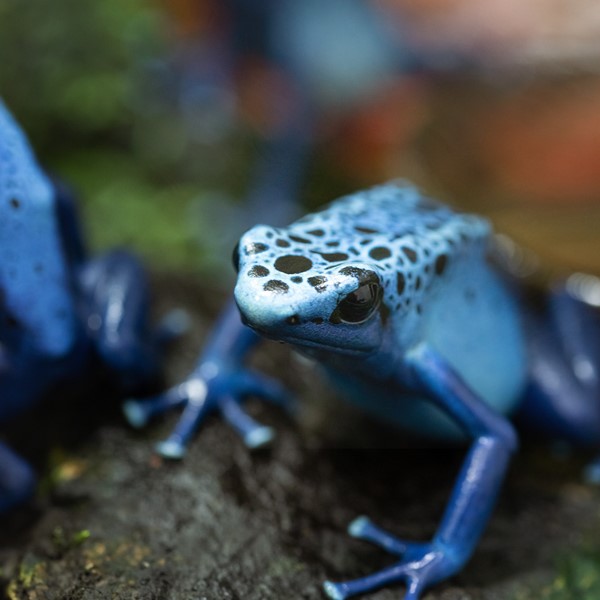 Amphibians
Amphibians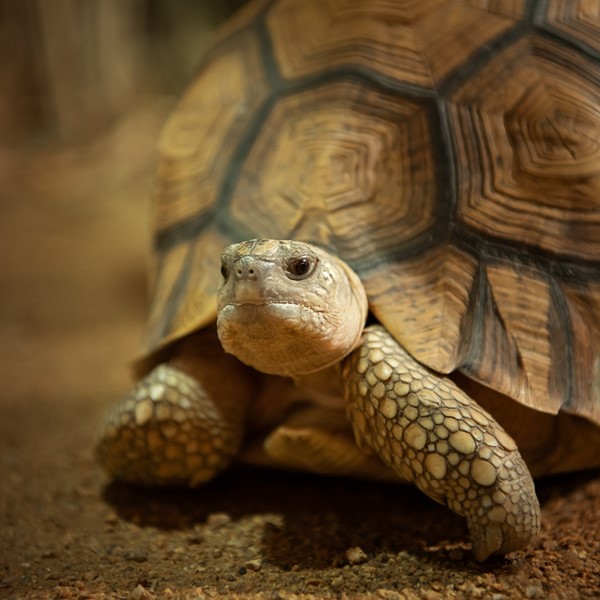 Reptiles
Reptiles

